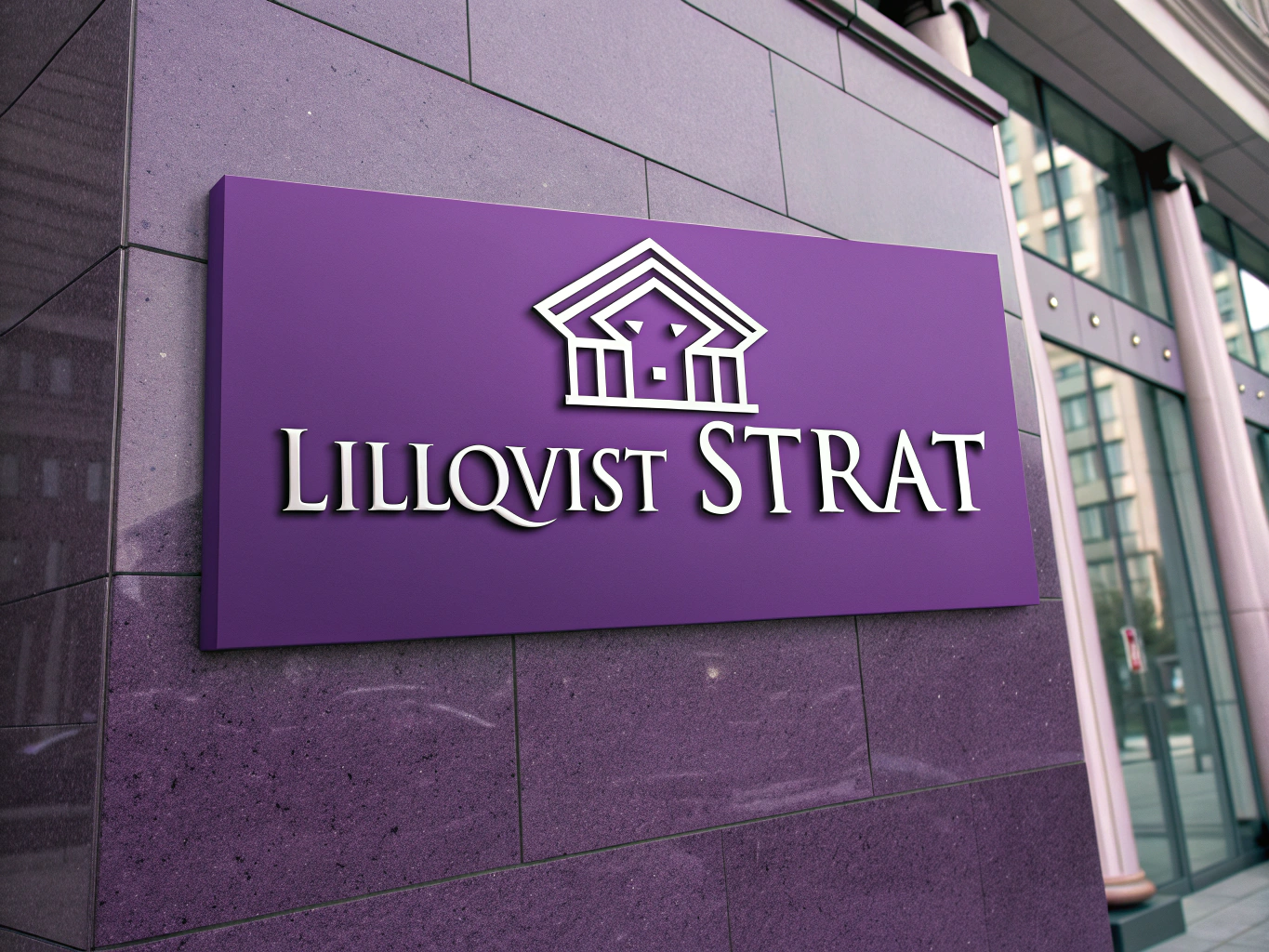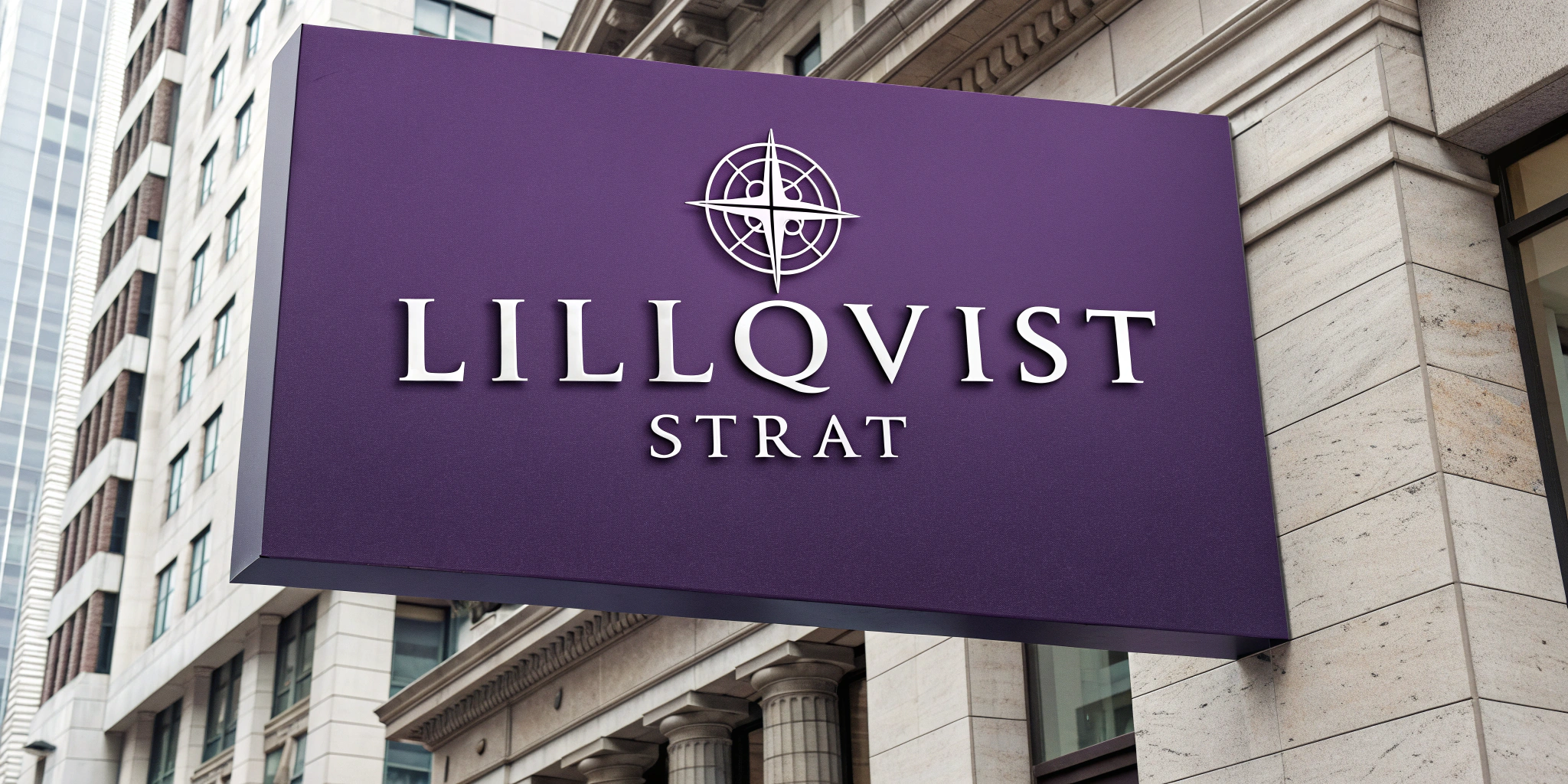Customer Lifetime Value (CLV) is one of the most crucial metrics for businesses to optimize marketing spend, customer retention, and overall profitability. Automating CLV calculation with Python and MongoDB allows for real-time insights and more informed business decisions.
Lillqvist Strat can help you automate this process, ensuring you maximize your marketing ROI by targeting the most valuable customers.
1. CLV Importance
Why CLV Matters
Customer Lifetime Value represents the total revenue a business can expect from a customer over their entire relationship with the brand. It helps businesses:
- Identify high-value customers who should be prioritized.
- Optimize marketing spend by focusing on retention and long-term profitability.
- Segment customers to tailor campaigns that increase engagement and reduce churn.
2. MongoDB Customer Data
Storing Customer Data in MongoDB
First, let’s set up MongoDB to store customer information and transactional data, which will be used for calculating CLV.
from pymongo import MongoClient
client = MongoClient("mongodb://localhost:27017/")
db = client["customer_data"]
customers = db["customer_info"]
transactions = db["transaction_data"]Inserting Customer Data
# Insert customer data example
customer = {
"customer_id": 12345,
"join_date": "2021-03-15",
"total_spent": 2500.00,
"last_purchase_date": "2025-02-20",
"num_purchases": 25
}
customers.insert_one(customer)3. Python CLV Logic
CLV Calculation Formula
The basic formula for CLV is:
[
CLV = (Average Purchase Value) \times (Purchase Frequency) \times (Customer Lifespan)
]
Where:
- Average Purchase Value (APV) = Total revenue / Total number of purchases
- Purchase Frequency (PF) = Total number of purchases / Number of unique customers
- Customer Lifespan (CL) = Average duration a customer stays with the business
Python Code to Calculate CLV
# Retrieve customer data from MongoDB
customer_data = list(customers.find({"customer_id": 12345}))
# Calculate Average Purchase Value (APV)
total_spent = customer_data[0]["total_spent"]
num_purchases = customer_data[0]["num_purchases"]
APV = total_spent / num_purchases
# Calculate Purchase Frequency (PF) - assume we already know the number of purchases
num_customers = customers.count_documents({})
PF = num_purchases / num_customers
# Calculate Customer Lifespan (CL) - assume a fixed lifespan of 3 years for this example
CL = 3 # years
# Calculate CLV
CLV = APV * PF * CL
print(f"Customer Lifetime Value (CLV): ${CLV:.2f}")4. Pandas Retention Analysis
Analyzing Retention with Pandas
Pandas can be used to analyze customer retention over time, which is essential for improving CLV calculations.
import pandas as pd
# Example of historical customer purchase data in a Pandas DataFrame
data = {
"customer_id": [12345, 12345, 12345],
"purchase_date": ["2023-01-10", "2023-07-10", "2024-01-10"],
"amount_spent": [500, 1000, 1000]
}
df = pd.DataFrame(data)
# Calculate retention rate - number of repeat customers over a given period
df['purchase_date'] = pd.to_datetime(df['purchase_date'])
df.set_index('purchase_date', inplace=True)
# Example: Retention rate for the last year
retention_rate = df.resample('Y').size().iloc[-1] / df.resample('Y').size().iloc[0]
print(f"Retention Rate: {retention_rate * 100:.2f}%")Calculating CLV from Retention Insights
The retention rate directly impacts the Customer Lifespan (CL) component of CLV. By analyzing how many customers stay over time, businesses can refine their projections for CLV.
5. Business Applications
Optimizing Marketing Spend
By calculating CLV, businesses can optimize marketing campaigns, focusing on acquiring and retaining customers who have higher long-term value.
- Target high-value customers with personalized offers.
- Allocate resources efficiently to retain customers with the highest CLV.
- Improve customer support and engagement with insights from CLV calculations.
Predicting Future Revenue
CLV can be used to predict future revenue streams by analyzing the projected lifetime value of current customers. This helps businesses plan and forecast growth strategies.
Conclusion
Automating CLV calculation with Python and MongoDB enables businesses to make data-driven decisions, prioritize high-value customers, and maximize marketing ROI. By using Pandas for retention analysis and Python scripts for the calculations, businesses can optimize customer relationships and ensure long-term profitability.
✅ Real-time CLV insights
✅ Targeted marketing strategies
✅ Improved customer retention
Lillqvist Strat offers tailored solutions to help businesses calculate and optimize CLV for better profitability. Start automating your CLV calculations today!

Lillqvist Strat consults on business developement, software projects, automation, SOPs, analytical tools and more.
Contact me today to get started on our journey to higher profits, more revenue and happier employees!
Go to Contact now



